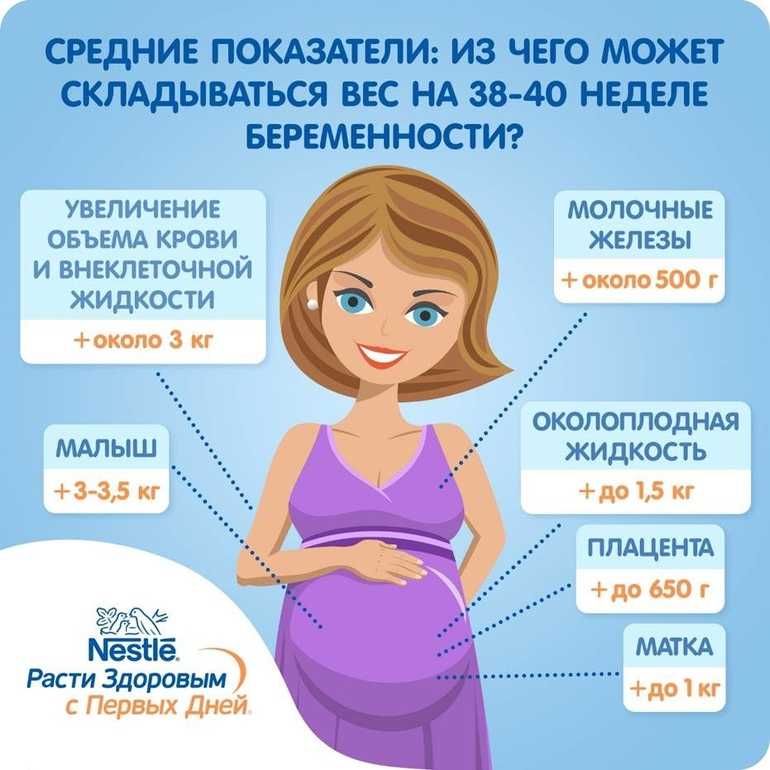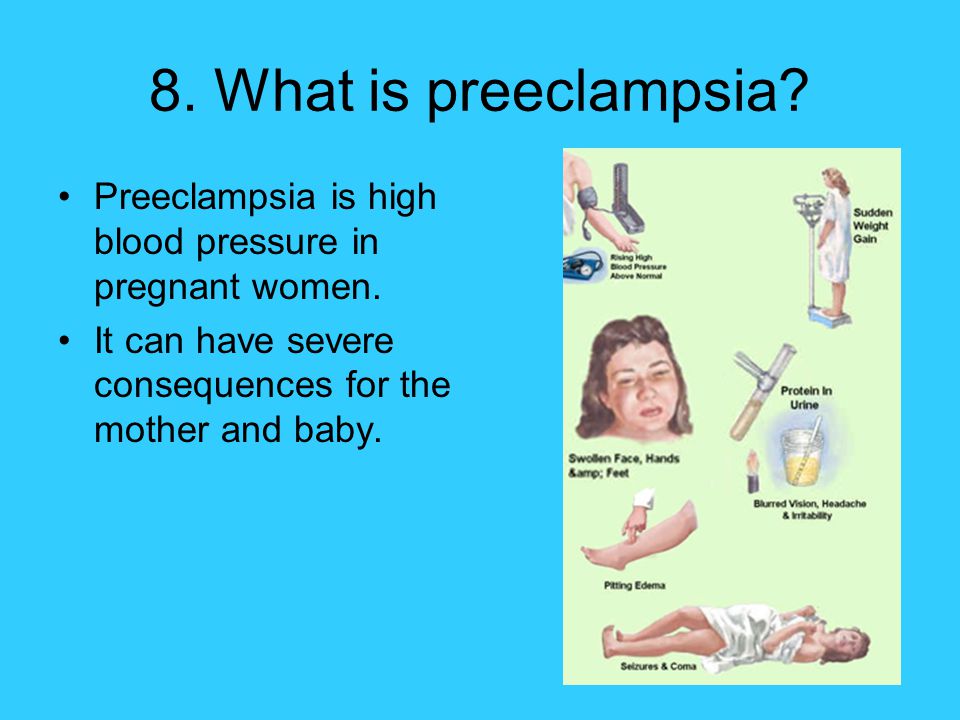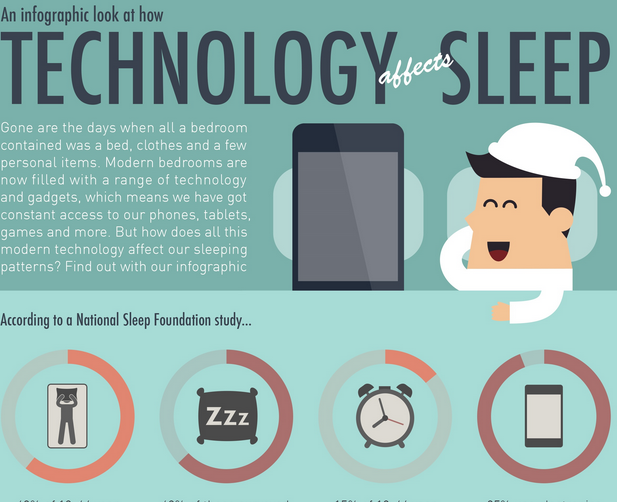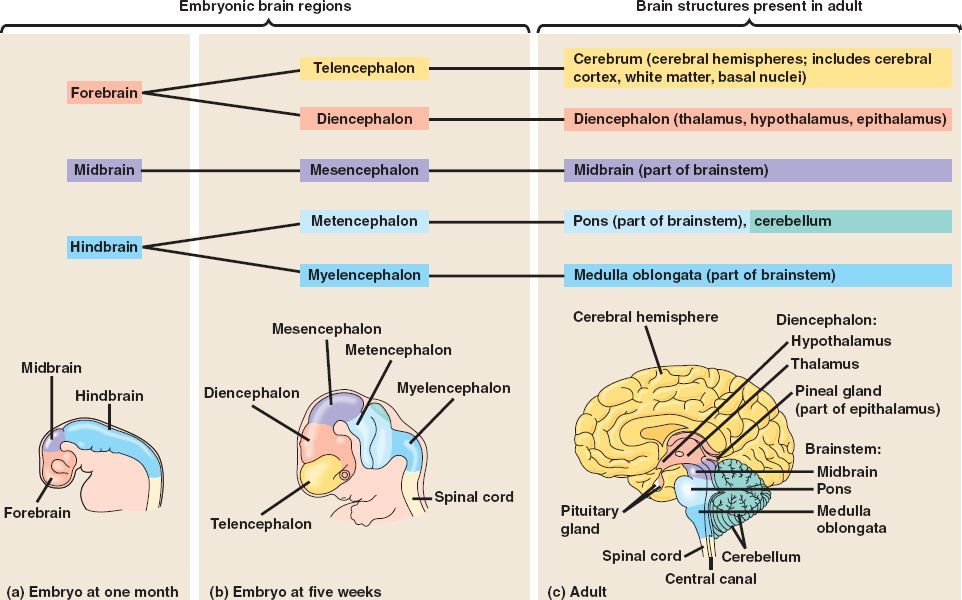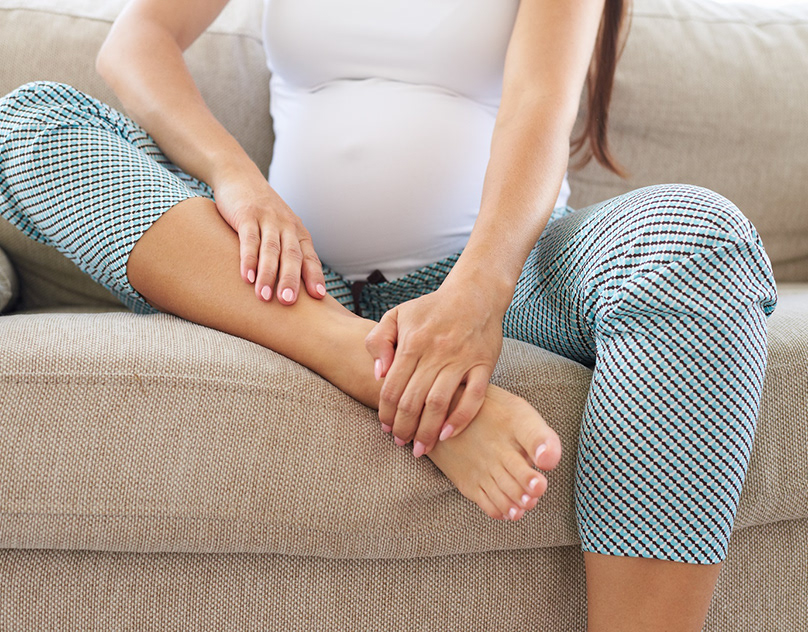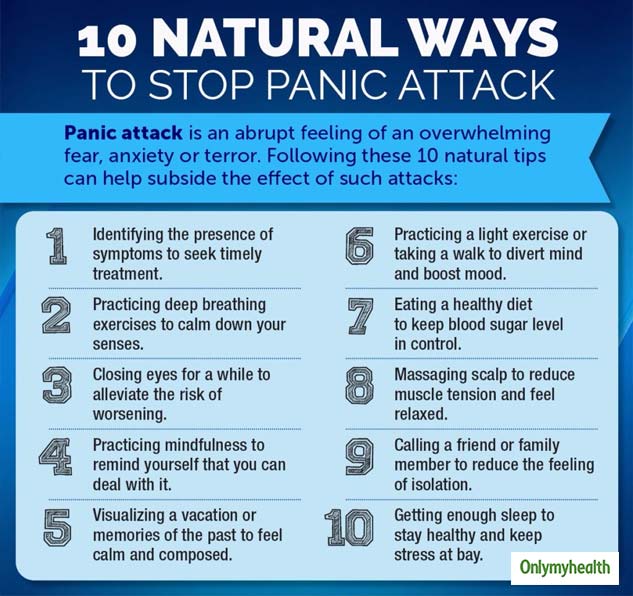Carpal tunnel during pregnancy and after
Carpal tunnel syndrome and pregnancy
Carpal tunnel syndrome and pregnancy | Pregnancy Birth and Baby beginning of content6-minute read
Listen
Key facts
- Carpal tunnel syndrome is a condition that occurs when swelling in your wrist presses on a nerve and causes pain in your hand.
- It’s common in pregnancy and usually goes away after your baby is born.
- It can cause pain, numbness and tingling in your thumb, index finger and middle finger. It can also cause weakness in your hand and pain going up your arm.
- You can modify your daily activities to reduce your pain.
- See a physiotherapist or occupational therapist to learn exercises and get a special wrist splint fitted to help relieve pain.
What is carpal tunnel syndrome?
Carpal tunnel syndrome is a condition that occurs as a result of swelling around the nerves of your wrist. It can cause numbness, tingling or pain in one or both of your hands.
If you are pregnant, you’re particularly susceptible to the disorder. Up to 5 out of every 10 people who are pregnant develop carpal tunnel syndrome.
What causes carpal tunnel syndrome?
The carpal tunnel is a passage in your wrist that contains tendons and a nerve, called the median nerve, that run through the base of your hand. The carpal tunnel can swell and press against this sensitive nerve, causing pain.
While pregnancy is one cause, other common causes include arthritis or repetitive hand movements, which may occur in some jobs. Visit this healthdirect page for information about carpal tunnel syndrome unrelated to pregnancy.
How does pregnancy cause carpal tunnel syndrome?
When you are pregnant, your hormones cause fluid to build up in your body, which can cause swelling. This can lead to swelling within the carpal tunnel.
This can lead to swelling within the carpal tunnel.
The condition is more common in the third trimester, but it can also happen in the first and second trimesters or after you give birth. In most cases, symptoms will go away after your baby is born.
What are the symptoms of carpal tunnel syndrome?
Common symptoms of carpal tunnel syndrome include:
- pain, numbness, tingling, or weakness of your hand
- difficulty with hand coordination
- pain spreading to your arm or shoulder
You will probably feel the symptoms most in your thumb, index finger and middle finger. Symptoms can get worse at night.
The intensity of symptoms can vary from mild irritation or occasional soreness, to severe pain. Symptoms may stop you from sleeping or make it difficult to perform regular tasks such as working, getting dressed, cooking or caring for your baby.
Things that may make your symptoms worse include:
- repeating the same hand movements frequently
- keeping your hands in the same position for an extended time
- supporting your weight with straightened arms
Swelling may be a sign of high blood pressure in pregnancy.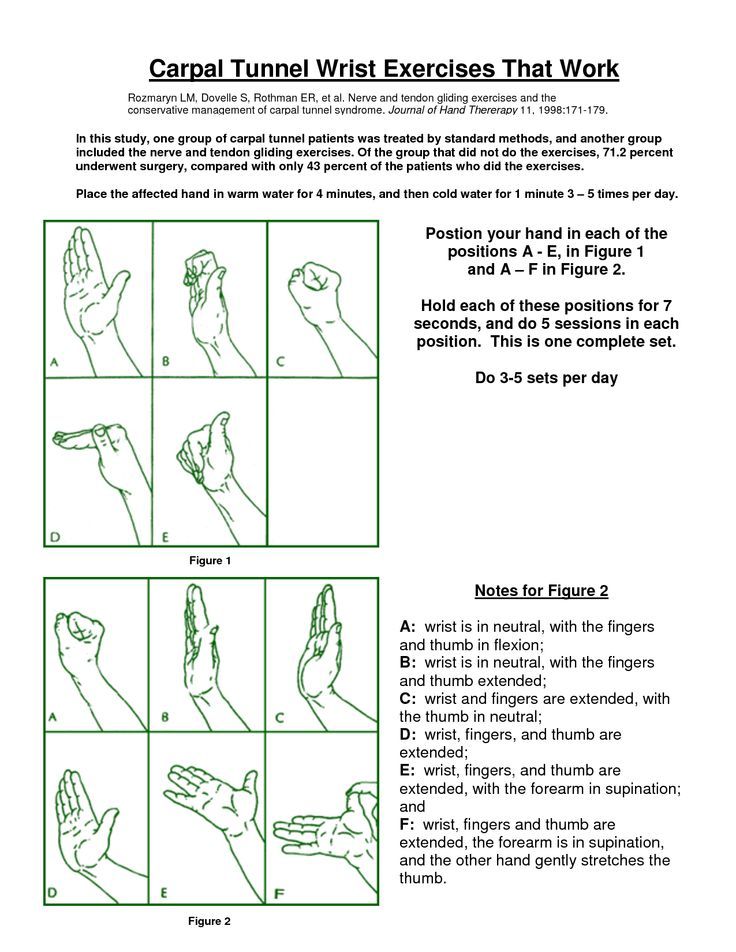 If your hands or feet are more swollen than usual, speak to your doctor or midwife.
If your hands or feet are more swollen than usual, speak to your doctor or midwife.
What can I do to relieve carpal tunnel syndrome?
You may find that your pain is reduced by the following:
- Keep your hands elevated as much as you can.
- Keep your wrists in a neutral position (not bent forwards or backwards), as much as you can.
- Maintain good posture in your arms and wrists while working at a desk and take breaks every 20 minutes.
- Sleep on the side of your less affected hand.
- Put an ice pack on your wrist or run cold water over your hand.
Here are some things you should avoid:
- Avoid any repeated movements that make your pain worse.
- Avoid lifting heavy objects.
- Avoid tasks where you do the same movement repeatedly.
- Don’t bend your wrist as far as it can go.
Here are some things you can do to relieve general swelling in your body:
- Lie down whenever you can, with your feet elevated.

- Cut down on salt in foods.
- Elevate your legs when you’re sitting down.
- Wear compression socks or stockings.
Are there any treatments for carpal tunnel syndrome?
Treatment options include physiotherapy or occupational therapy. This may involve fitting you with a splint to keep your wrist in the best position to reduce strain. The splint must be adjusted to fit your wrist in order to be protective and supportive. You should wear your splint at night to keep your wrist in the right position while you’re asleep.
Your therapist will be able to tell you how best to protect your wrist at home, including exercises and resting positions.
You can try fluid drainage massage to reduce the swelling in your hand. You can do this by lifting your arm up and using your other hand to sweep gently along your skin from your fingers towards your shoulder. Be careful not to sweep the other way.
There are other treatments available for carpal tunnel syndrome, such as a cortisone injection into your wrist or even surgery.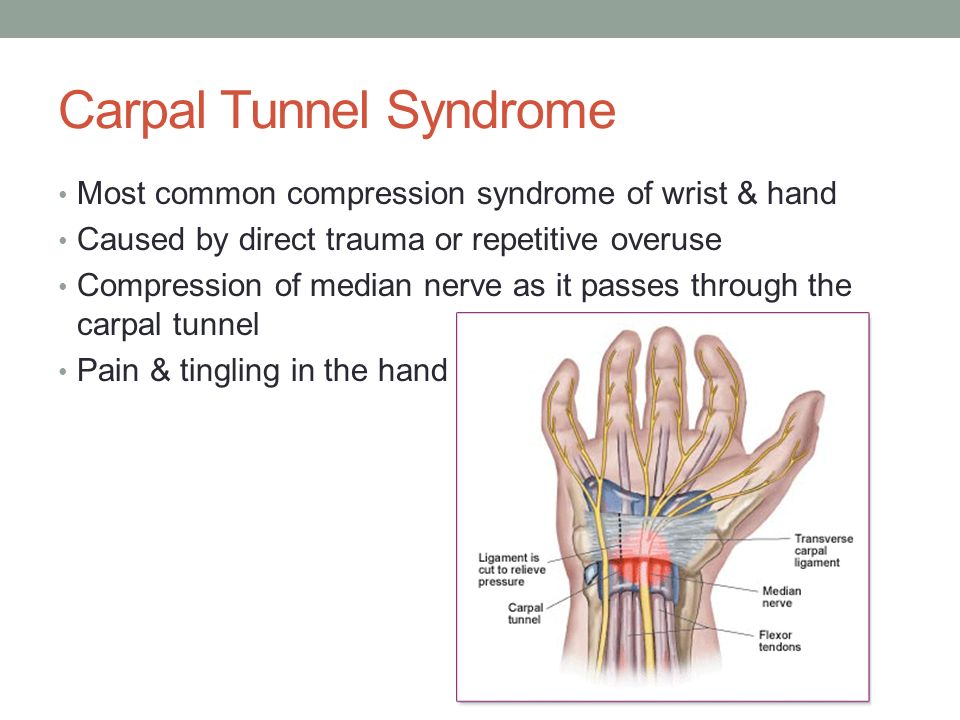
Will I still have pain after my baby is born?
Carpal tunnel syndrome tends to ease, and often disappears, after birth. If you still have pain after your baby is born, you may need to change the way you use your wrist. This might affect how you use your hand to hold and care for your baby, including how you feed your baby.
Speak to your physiotherapist, occupational therapist or lactation consultant for strategies and tips on how to minimise strain on your wrist while holding your newborn. It’s a good idea to continue using your splint, if you have one.
Sources:
Royal Women’s Hospital (Pregnancy-related carpal tunnel syndrome), Australian Government Department of Health (Carpal tunnel syndrome), Western Australia Department of Health (Carpal tunnel syndrome), Western Sydney local Heath District (Fact Sheet Carpal Tunnel Syndrome)Learn more here about the development and quality assurance of healthdirect content.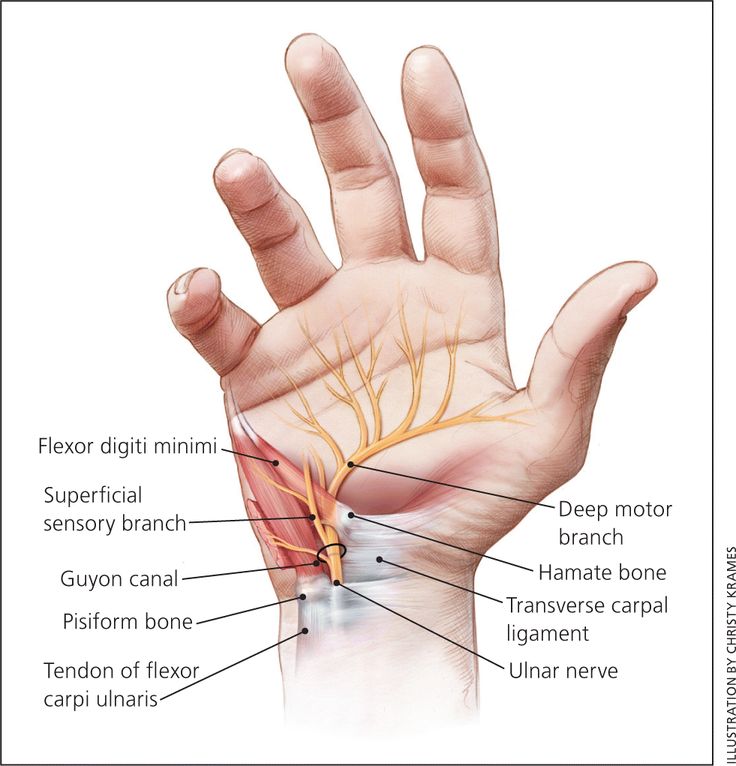
Last reviewed: June 2022
Back To Top
Related pages
- Swelling during pregnancy
- Physiotherapy advice after pregnancy
Need more information?
Carpal tunnel syndrome - Better Health Channel
Carpal tunnel syndrome can be caused by repetitive hand movements, pregnancy and arthritis.
Read more on Better Health Channel website
Carpal tunnel syndrome - MyDr.com.au
Carpal tunnel syndrome is a progressive and painful condition where the median nerve is compressed as it passes through the carpal tunnel.
Read more on myDr website
Carpal tunnel syndrome
Carpal tunnel syndrome is a disorder of the hand caused by pressure on the median nerve as it runs through the wrist.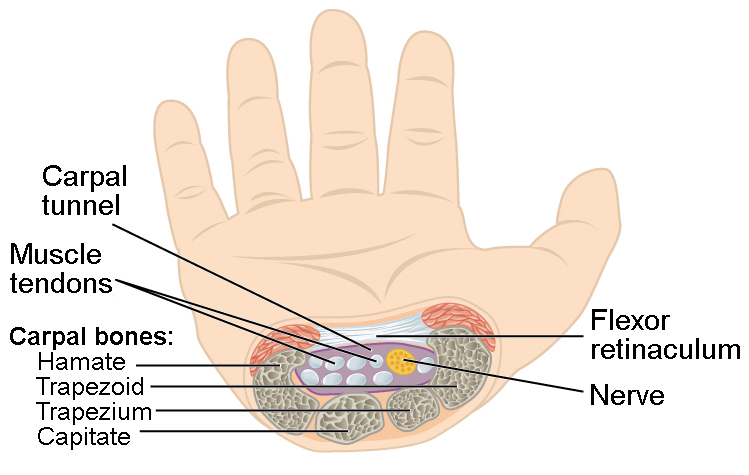
Read more on WA Health website
Pregnancy - signs and symptoms - Better Health Channel
All women experience pregnancy differently, and you will experience different symptoms at different stages of your pregnancy.
Read more on Better Health Channel website
Working during pregnancy
UnIess your doctor tells you it is unsafe, it is possible to work while pregnant. Get some tips on managing and making adjustments to your work and career.
Read more on Pregnancy, Birth & Baby website
Diabetes and getting pregnant - MyDr.com.au
How will having diabetes affect your pregnancy and your baby? And what planning do you need to do first?
Read more on myDr website
Disclaimer
Pregnancy, Birth and Baby is not responsible for the content and advertising on the external website you are now entering.
Need further advice or guidance from our maternal child health nurses?
1800 882 436
Video call
- Contact us
- About us
- A-Z topics
- Symptom Checker
- Service Finder
- Subscribe to newsletters
- Linking to us
- Information partners
- Terms of use
- Privacy
Pregnancy, Birth and Baby is funded by the Australian Government and operated by Healthdirect Australia.
Pregnancy, Birth and Baby’s information and advice are developed and managed within a rigorous clinical governance framework.
This site is protected by reCAPTCHA and the Google Privacy Policy and Terms of Service apply.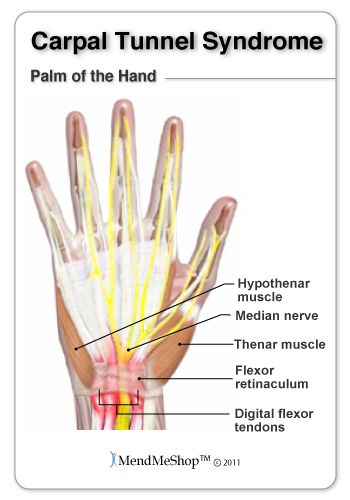
Healthdirect Australia acknowledges the Traditional Owners of Country throughout Australia and their continuing connection to land, sea and community. We pay our respects to the Traditional Owners and to Elders both past and present.
This information is for your general information and use only and is not intended to be used as medical advice and should not be used to diagnose, treat, cure or prevent any medical condition, nor should it be used for therapeutic purposes.
The information is not a substitute for independent professional advice and should not be used as an alternative to professional health care. If you have a particular medical problem, please consult a healthcare professional.
Except as permitted under the Copyright Act 1968, this publication or any part of it may not be reproduced, altered, adapted, stored and/or distributed in any form or by any means without the prior written permission of Healthdirect Australia.
Support this browser is being discontinued for Pregnancy, Birth and Baby
Support for this browser is being discontinued for this site
- Internet Explorer 11 and lower
We currently support Microsoft Edge, Chrome, Firefox and Safari. For more information, please visit the links below:
- Chrome by Google
- Firefox by Mozilla
- Microsoft Edge
- Safari by Apple
You are welcome to continue browsing this site with this browser. Some features, tools or interaction may not work correctly.
Carpal tunnel syndrome and pregnancy go hand in hand | Your Pregnancy Matters
×
What can we help you find?Refine your search: Find a Doctor Search Conditions & Treatments Find a Location
Appointment New Patient Appointment
or Call214-645-8300
MedBlog
Your Pregnancy Matters
October 20, 2020
Your Pregnancy Matters
Robyn Horsager-Boehrer, M. D. Obstetrics and Gynecology
D. Obstetrics and Gynecology
Swelling – everywhere – is one of the most common symptoms of pregnancy. Patients often notice extra puffiness in their face, legs, and feet. But for some women, swelling manifests inside the wrist, resulting in carpal tunnel syndrome (CTS).
Approximately 4% of adults in the general population have carpal tunnel syndrome, but 31% to 62% of pregnant patients have it. Many patients notice symptoms after 30 weeks' gestation.
During pregnancy, your blood volume doubles. That extra fluid increases pressure and swelling in the blood vessels throughout your body. In tight spaces such as the carpal tunnel area of the wrist – through which nine tendons and one nerve pass – the swelling can compress the median nerve, which runs to the hand.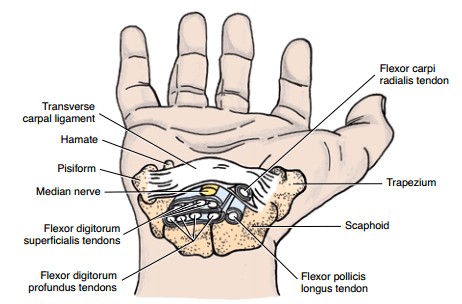
The median nerve gives sensation to the palm-side surface of thumb, index, and middle fingers, and half the ring finger. It's also responsible for helping to move the muscles in the hand that bend your fingers.
Nerve compression can cause pain, tingling, and numbness in the wrist and hand, which may increase when you're trying to sleep. Pregnancy may be the first time CTS symptoms arise or the last straw that causes a woman to see her doctor for ongoing symptoms.
The good news is that pregnancy-safe treatment is available, and symptoms typically subside for many patients after the baby arrives.
I've invited my colleague, Rupali Kumar, M.D., from UT Southwestern's Physical Medicine and Rehabilitation (PM&R) team to discuss CTS symptoms and treatment options.
Carpal tunnel symptoms in pregnancy
Dr. Rupali KumarWhen the median nerve is compressed during pregnancy, symptoms present as they would in any patient:
● Numbness and tingling
● Burning sensation
● Pain in the wrist or hand
At the onset of CTS, symptoms may come and go.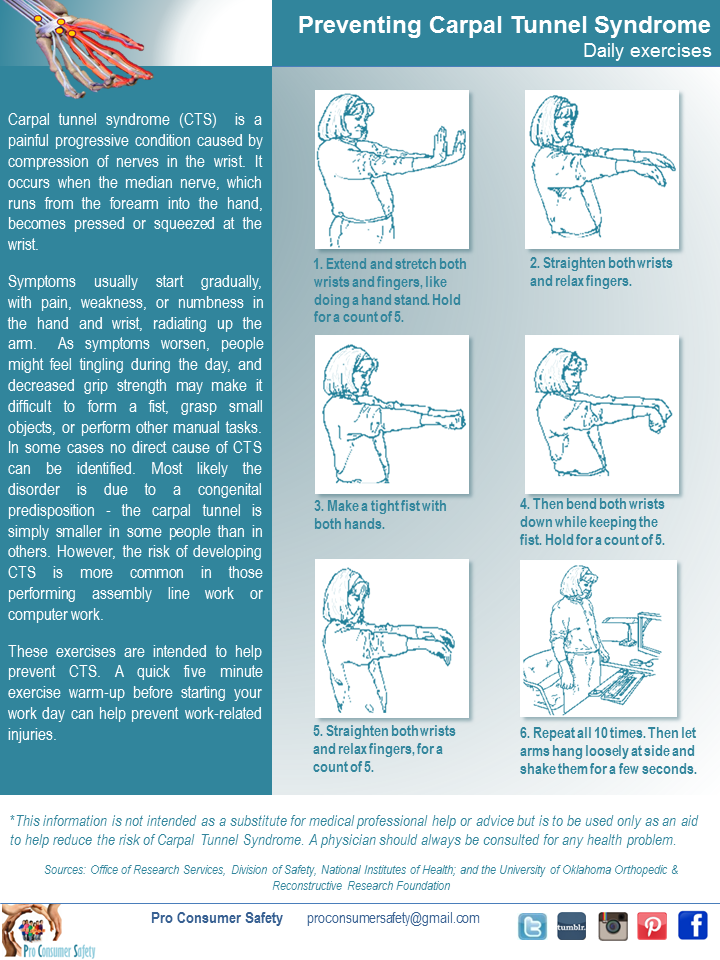 But when numbness or weakness occurs frequently or constantly, that's a potential sign of nerve damage.
But when numbness or weakness occurs frequently or constantly, that's a potential sign of nerve damage.
In severe cases, patients may have weakened grip strength or decreased finger dexterity. For example, you might have trouble picking up small objects with your fingers, opening jars, or buttoning clothes.
Related reading: 5 weird pregnancy symptoms you might not know about
Diagnosing carpal tunnel in pregnancy
We often can diagnose CTS by talking with you about your symptoms and medical history. If your symptoms are severe, we may recommend an electrodiagnostic study (EMG) to confirm the diagnosis and measure nerve function in the arm, wrist, and hand. An EMG can tell us whether you have nerve damage, how severe it is, and whether it might be reversible with intervention.
The doctor will attach small electrode stickers to your hand and arm in different places and apply low levels of electrical stimulation to gauge the nerve activity. The doctor may also insert a fine acupuncture-like needle in certain areas of the arm and hand to test muscle electrical activity.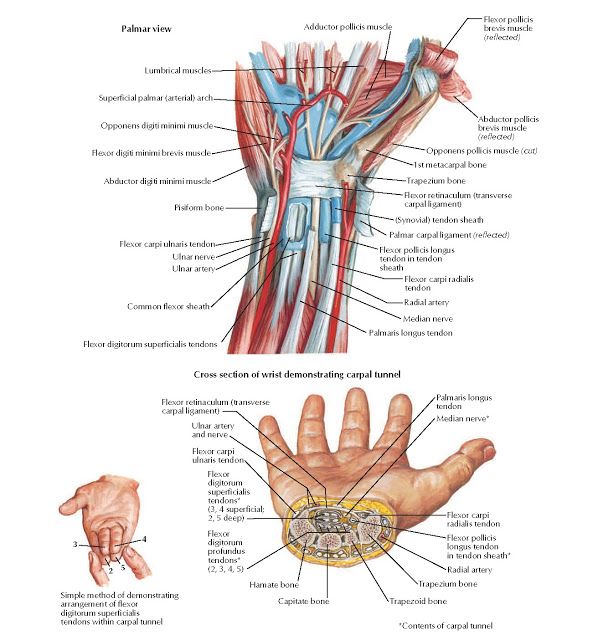 The study can be a little uncomfortable, but should not cause lasting pain.
The study can be a little uncomfortable, but should not cause lasting pain.
Pregnancy-safe treatment options
With CTS, it's best to start with the most conservative therapies. That's especially true in pregnancy. Here is a list of carpal tunnel treatment options that are safe for pregnancy, from least to most invasive.
Splinting
The first-line treatment is to immobilize the wrist in a neutral position to limit the range of flexion or extension. We use a neutral wrist splint with a metal bar inside that prevents the wrist from moving up, down, or side-to-side but allows the fingers to move.
Splinting gives the median nerve a break and can help alleviate swelling, which can allow mild to moderate nerve damage to heal. However, it's tough to wear a splint all day and do everyday activities. Your doctor may recommend wearing it while sleeping and as much as you can during the day.
Occupational therapy
Hand and wrist therapy can sometimes help relieve symptoms and prevent further nerve damage. A PM&R doctor or occupational therapist can create a personalized plan for you.
A PM&R doctor or occupational therapist can create a personalized plan for you.
Therapy may include wrist and finger range of motion and strengthening movements, massage, and nerve gliding techniques. We may also recommend desensitization to decrease nerve pain, including alternating hot and cold water baths.
Medication
Topical numbing agents can relieve symptoms, but these ointments won't get to the root of the problem. Some patients may benefit from pain relief injections, which include a combination of steroids and a local anesthetic injected around the median nerve under ultrasound guidance.
However, if there are other therapies to try, we typically avoid prescribing steroids during pregnancy to avoid side effects.
Check with your Ob/Gyn before using any over-the-counter or prescribed topical medications. Our PM&R doctors will consult with your Ob/Gyn prior to recommending medication during pregnancy.
Surgery, in severe cases
Carpal tunnel release surgery is reserved for severe cases.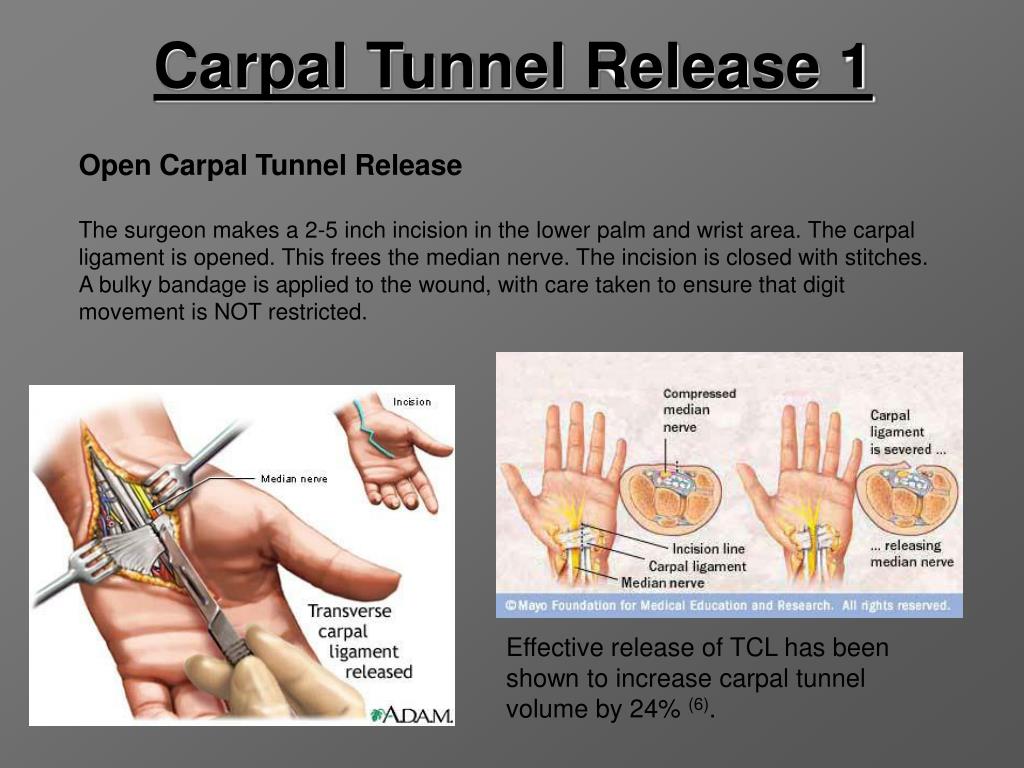 In this procedure, a surgeon will cut the ligament that presses on the carpal tunnel, making more room for the median nerve and tendons. This usually improves function and pain.
In this procedure, a surgeon will cut the ligament that presses on the carpal tunnel, making more room for the median nerve and tendons. This usually improves function and pain.
Generally, we recommend waiting until after pregnancy to have surgeries that are not urgent. If wrist pain or hand weakness severely limits your daily function, talk with your Ob/Gyn about the risks and benefits of having carpal tunnel surgery prior to delivery.
When will symptoms improve?
After delivery, your fluid levels and the extra pressure in your blood vessels will decrease. As such, your symptoms will likely improve or resolve.
That being said, new mothers use their hands and wrists nearly constantly. Lifting, changing, and feeding the new baby may lead to worsened or new hand and wrist symptoms.
Let your Ob/Gyn know as soon as symptoms begin. If we catch carpal tunnel early enough, we can start conservative treatments to reduce the risk of nerve damage or lingering symptoms.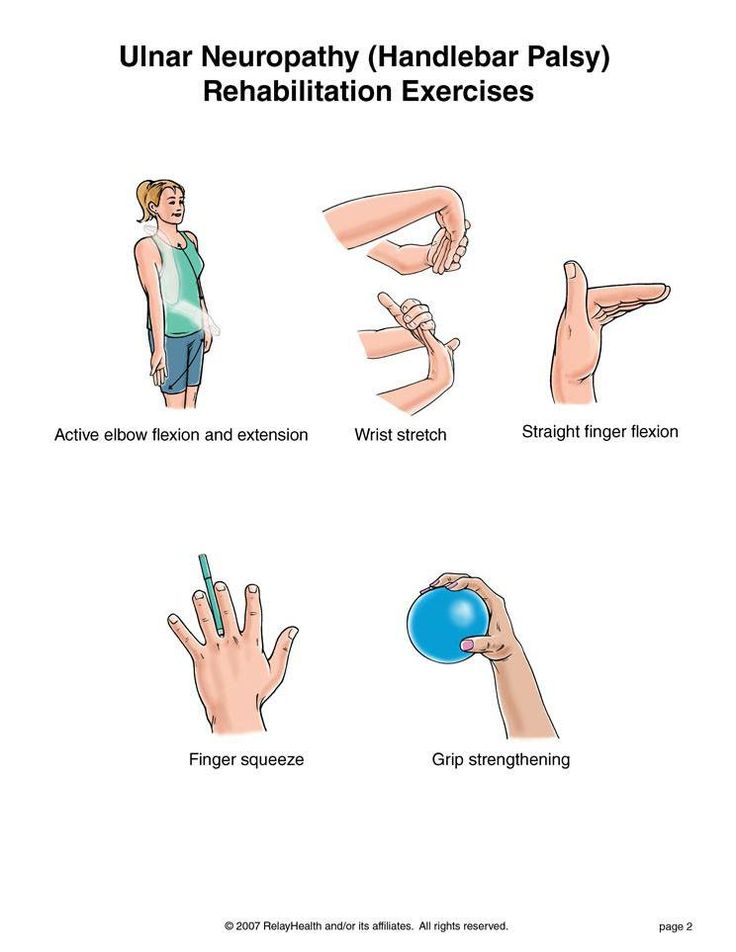
After pregnancy, keep an eye on your wrist health. You'll be lifting your baby a lot and making repetitive motions, which can lead to tendinopathies related to overuse.
Even if your new aches and pains don't seem overtly pregnancy-related, let your Ob/Gyn know. Pregnancy does strange things to the body, and your provider can help you find relief from painful or annoying symptoms.
To visit with an Ob/Gyn, call 214-645-8300 or request an appointment online.
More in: Your Pregnancy Matters
Pediatrics; Your Pregnancy Matters
- Anne Ambia, M.
:strip_icc():format(jpeg)/kly-media-production/medias/4137407/original/097987600_1661571784-Carpal_Tunnel_Syndrome.jpg) D.
D.
April 11, 2023
Your Pregnancy Matters
- Becky Ennis, M.D.
April 4, 2023
Your Pregnancy Matters
- Robyn Horsager-Boehrer, M.D.
March 14, 2023
Your Pregnancy Matters
- Robyn Horsager-Boehrer, M.
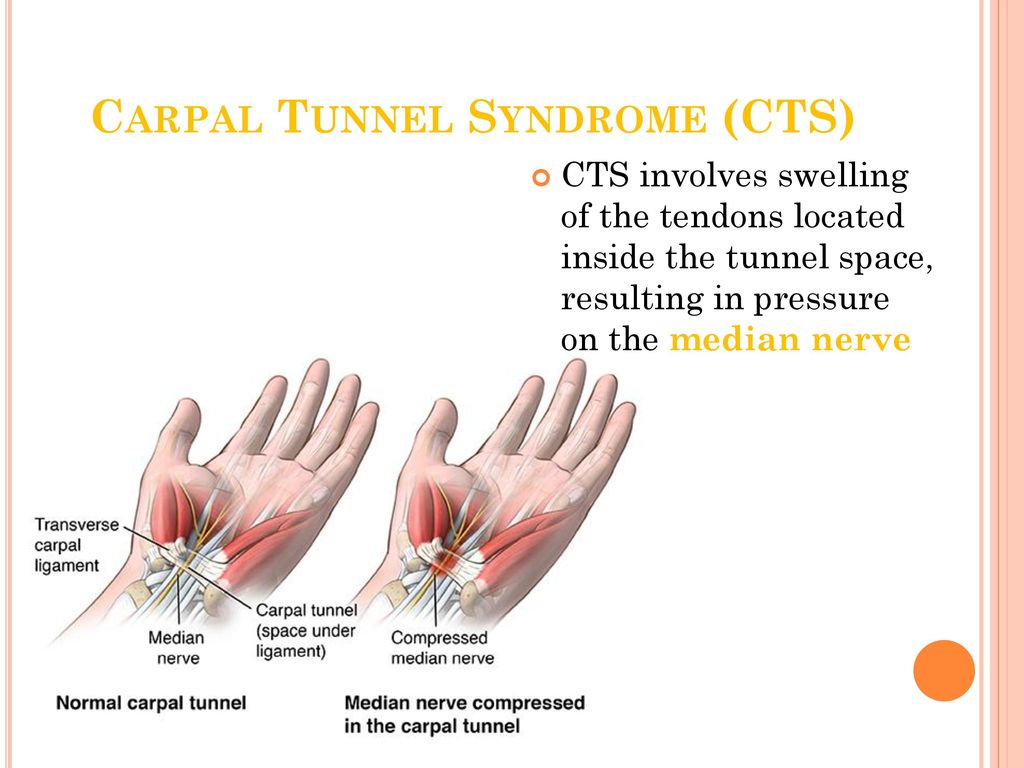 D.
D.
February 14, 2023
Your Pregnancy Matters
- Melissa Mauskar, M.D.
February 7, 2023
Your Pregnancy Matters
- Robyn Horsager-Boehrer, M.D.
January 31, 2023
Mental Health; Your Pregnancy Matters
- Meitra Doty, M.
 D.
D. - Kyler Elwell Silver, M.D.
January 24, 2023
Your Pregnancy Matters
- Robyn Horsager-Boehrer, M.D.
January 10, 2023
Your Pregnancy Matters
- Robyn Horsager-Boehrer, M.
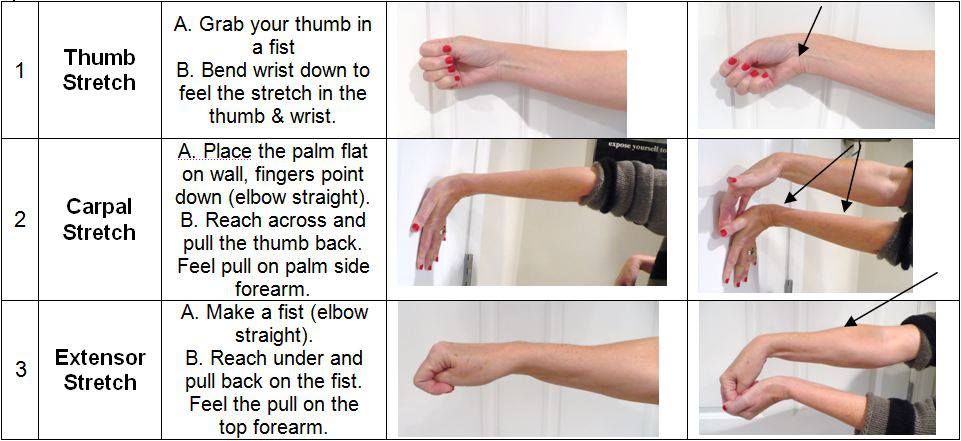 D.
D.
December 20, 2022
More Articles
Carpal tunnel syndrome in pregnant women
02/26/2020
At the end of the second trimester of pregnancy many women suffer from hand numbness. Around the 26th week there is tingling, numbness and pain in the fingers, sometimes extending to the shoulder. This is carpal tunnel syndrome, which in pregnant women is associated with hormonal changes and water retention in the body.
As a result of stagnant fluid, compression of the nerves in the wrist reaches the fingers. The symptoms are worse especially at night. The pain can be so severe that it can wake the woman up or prevent her from getting a good night's sleep. Although carpal tunnel syndrome is a problem and usually resolves spontaneously 2-3 weeks after deliveries .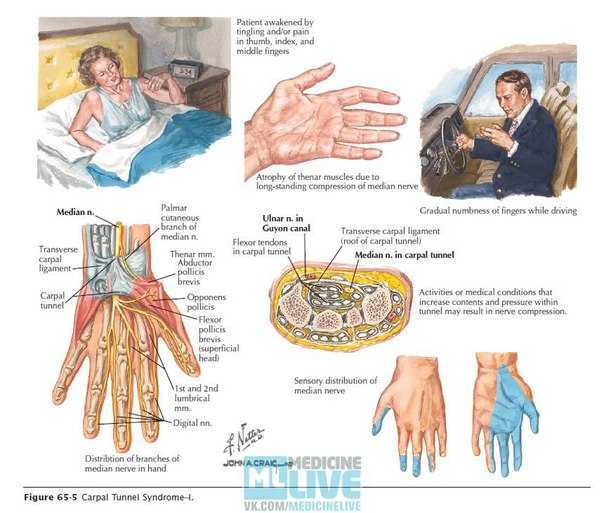
How to deal with hand numbness in pregnant women?
A woman with carpal tunnel syndrome should avoid positions that cause pressure on her arm. Sometimes symptoms come from shaking the numb limb or placing it below the heart line (eg on the knee) or loosely lowering the arm (also during sleep).
People who have symptoms of carpal tunnel syndrome should stop tasks that require repeating the same finger and hand movements. They include working on a computer (writing, graphic design), working on a production line, as well as embroidery, crocheting, or even peeling fruits and vegetables.
If it is not possible to completely eliminate these responsibilities, you should schedule frequent breaks. When working on a computer, you can take care of special pillows and ergonomic keyboards that will facilitate the correct positioning of the hand. The position of our body is also important for proper circulation. Avoid Crossbreeding feet and cross-legged position for prolonged sitting.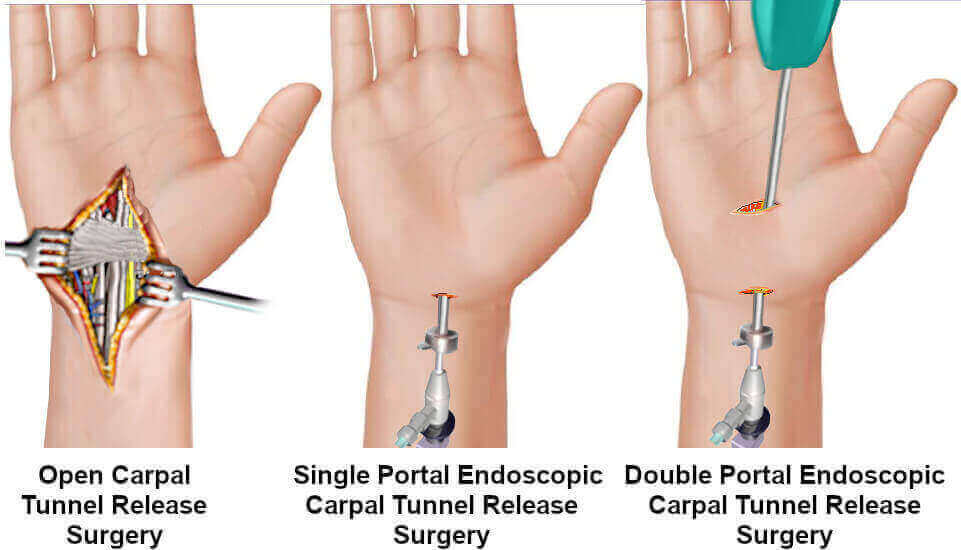 It is better to rest with your legs up .
It is better to rest with your legs up .
Proper Diet
Diet , rich in magnesium and vitamin B6, is useful in preventing and relieving symptoms of carpal tunnel syndrome. It is worth taking care of a variety of dishes based on poultry, fish, potatoes and milk. Other sources of vitamin B6 include nuts, beans, soybeans, avocados, sunflower seeds, eggs, and bananas. Magnesium deficiency can be supplemented by such foods: parsley, pumpkin seeds, dill, dark chocolate, buckwheat or cocoa.
A woman should also reduce her intake of salt, coffee and tea (not to mention smoking and alcohol!). They flush out minerals from the body, making it difficult to prevent carpal tunnel syndrome .
When should I consult a doctor?
Although hand numbness is a common disorder in pregnant women, sometimes home remedies to reduce symptoms do not help. When the pain gets worse, there are problems with normal functioning or holding objects in the hands, it is worth contacting to doctor .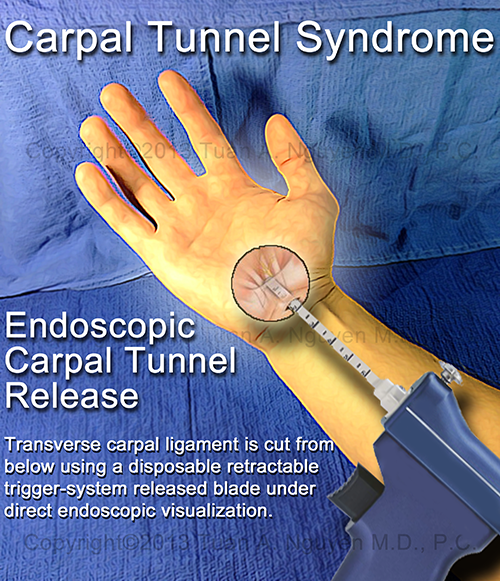 It may be that this will require an increase in vitamin intake or taking painkillers (pregnant women are better off avoiding self-diagnosis and treatment in this regard).
It may be that this will require an increase in vitamin intake or taking painkillers (pregnant women are better off avoiding self-diagnosis and treatment in this regard).
Sometimes it may be necessary to immobilize the wrist with special devices or visit a specialist, namely orthopedist , neurologist or physiotherapist .
Published in Pregnancy and Pregnancy Management Premium Clinic
Carpal tunnel syndrome - treatment, symptoms, causes, diagnosis
Karpal - this word comes from the Greek Karpos, which means "wrist". The wrist is surrounded by bundles of fibrous tissue, which normally performs a supporting function for the joint. The confined space between these fibrous bands of fibrous tissue and the bony structures of the wrist is called the carpal tunnel. The median nerve, which runs through the wrist, provides sensation to the thumb, index, and middle fingers. Any condition that causes swelling or repositioning of tissues in the wrist can compress and irritate the median nerve.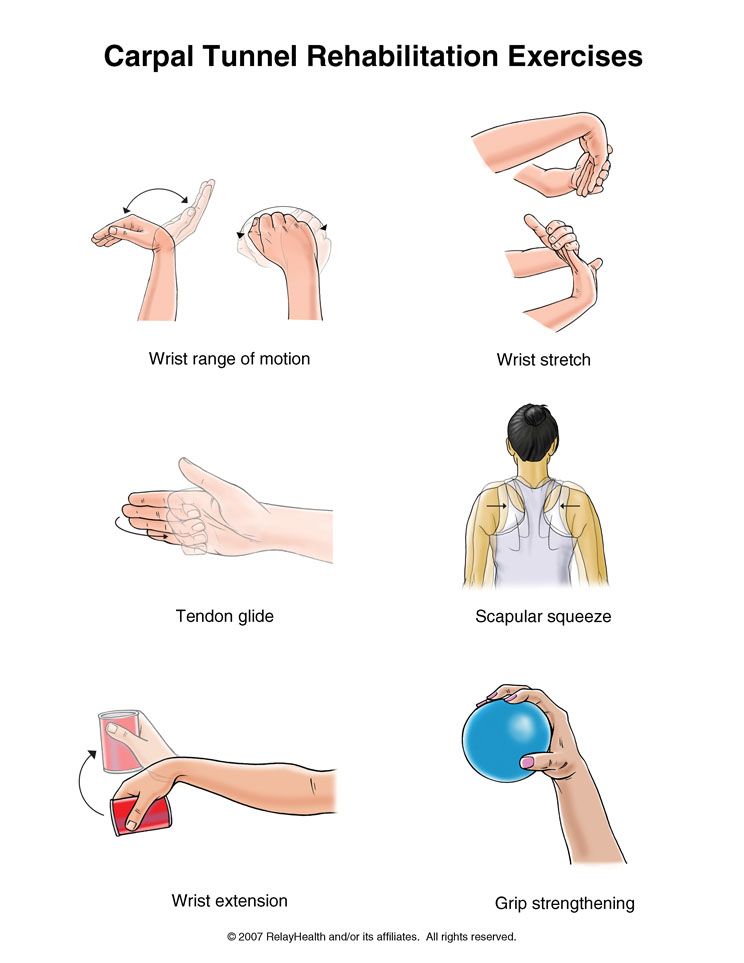 Irritation of the median nerve, in such cases, results in tingling and numbness of the thumb, index, and middle fingers, a condition known as "carpal tunnel syndrome."
Irritation of the median nerve, in such cases, results in tingling and numbness of the thumb, index, and middle fingers, a condition known as "carpal tunnel syndrome."
Causes of Carpal Tunnel Syndrome
Given the limited space of the carpal tunnel, any swelling in this area can put pressure on the median nerve, causing the symptoms of carpal tunnel syndrome. There are many different causes leading to the development of this syndrome, but often the exact cause cannot be determined. Some people initially have an anatomically narrower carpal tunnel, which makes them more at risk of developing carpal tunnel syndrome. It is believed that this tendency can be genetically determined, and if there are cases of this syndrome in the family, then the likelihood of pressure on the median nerve increases significantly. You are also more likely to develop carpal tunnel syndrome if you are overweight, smoke, or drink too much alcohol. The same risk factor is age - the older the person, the higher the likelihood of developing carpal tunnel syndrome.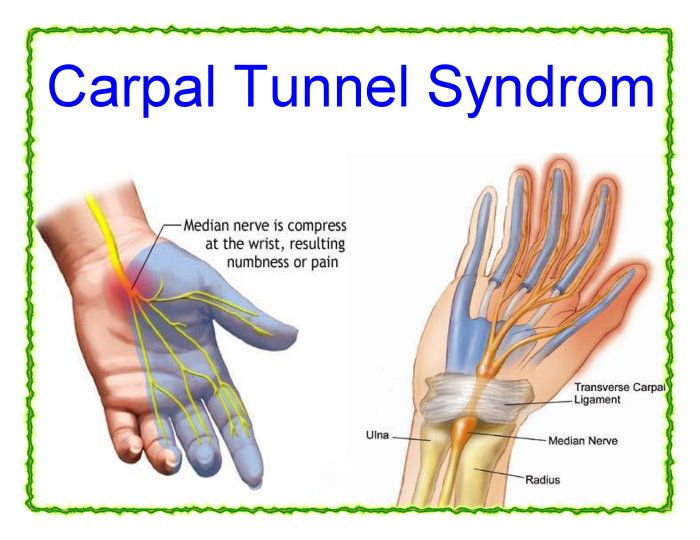 Women are more prone to this syndrome than men due to the narrower carpal tunnel. There is also a greater tendency to develop carpal tunnel syndrome if there was a wrist injury (rupture or sprain) or there are diseases such as:
Women are more prone to this syndrome than men due to the narrower carpal tunnel. There is also a greater tendency to develop carpal tunnel syndrome if there was a wrist injury (rupture or sprain) or there are diseases such as:
- diabetes mellitus
- osteoarthritis
- rheumatoid arthritis
- hypothyroidism
It is possible that hormones play a role in the development of carpal tunnel syndrome, as some women develop the syndrome during pregnancy or menopause. Hormones produced during pregnancy can lead to fluid retention, which in turn can cause swelling in the wrist. It is noted that the performance of certain activities can lead to the development of this syndrome. People who do a lot of heavy manual work or repetitive wrist movements, such as on an assembly line or working with their hands in cold temperatures, are also at greater risk of developing carpal tunnel syndrome. But the probability increases significantly if the load is combined with the presence of systemic diseases.
Symptoms of carpal tunnel syndrome
Patients with carpal tunnel syndrome initially feel numbness and tingling in the hand along the median nerve innervation (thumb, index, middle, and part of the fourth fingers). These sensations are often more pronounced at night and may even lead to awakening from sleep. The reason for the worsening of symptoms at night may be due to the flexed position of the wrist during sleep and / or the accumulation of fluid around the wrist and hand while it is in a horizontal position. Carpal tunnel syndrome may be a temporary condition that resolves completely on its own, or symptoms may persist and progress.
As the syndrome progresses, patients may develop a burning sensation and/or spasms and hand weakness. Decreased grip strength can cause objects to fall out of the hand frequently. Sometimes sharp shooting pains can also be felt in the forearm. Chronic carpal tunnel syndrome can also lead to muscle atrophy in the hand, especially the muscles at the base of the thumb on the palmar surface.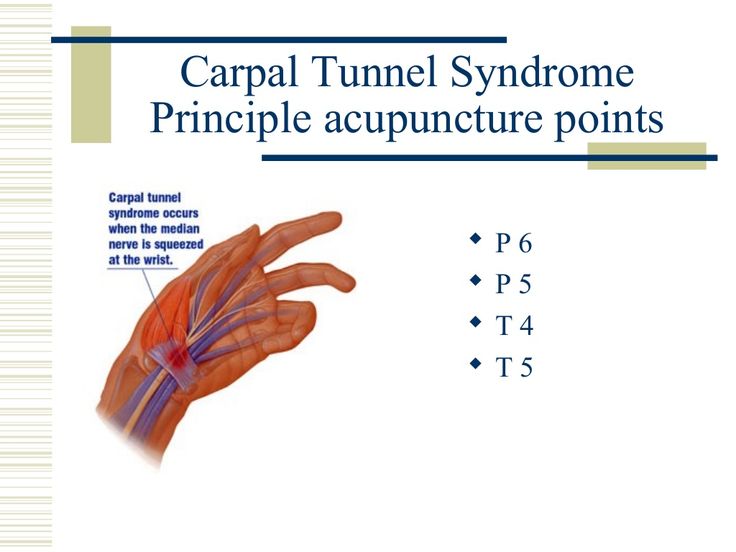
Diagnosis
Carpal tunnel syndrome can be diagnosed based on the symptoms and characteristic areas of numbness in the hand. But at the same time, it is often necessary to exclude other possible causes of symptoms that mimic carpal tunnel syndrome. It could be neck, shoulder or elbow problems. The doctor examines the wrist to detect swelling, local temperature increase, tenderness, and discoloration. Sometimes pressing on the front of the wrist can produce a tingling sensation in the hand and is called the Tinel sign, which is characteristic of carpal tunnel syndrome. Symptoms can also be reproduced from time to time with forward flexion of the wrist (called the Phalen symptom). The final diagnosis can be made with ENMG. As a rule, with carpal tunnel syndrome, there is a slowdown in the conduction of a nerve impulse after the nerve passes through the wrist.
Testing of limb muscles, an electromyogram, is sometimes done to rule out or detect other conditions that may mimic carpal tunnel syndrome.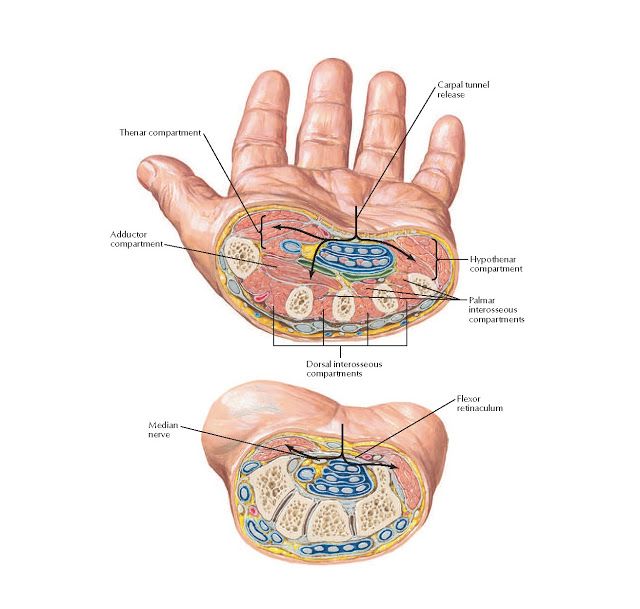
Laboratory tests may be performed in order to diagnose conditions associated with carpal tunnel. These tests include thyroid hormone testing, complete blood counts, blood sugar levels, etc. An x-ray of the hand may also be ordered to check for bony changes (abnormalities in the bones and joints of the wrist). MRI is necessary in cases where it is necessary to visualize changes in ligaments, cartilage.
Treatments for carpal tunnel syndrome
The choice of treatment for carpal tunnel syndrome depends on the severity of the symptoms and the underlying disease that may be causing the symptoms.
In the first stage, treatment usually includes rest, immobilization of the wrist in a brace, and sometimes local cold. If the patient's profession is associated with a load on the wrist, then it is necessary to change activities for a while. In addition, it is possible to improve the ergonomics of the workplace, for example, you can adjust the computer keyboard and chair height and optimize the load on the hands.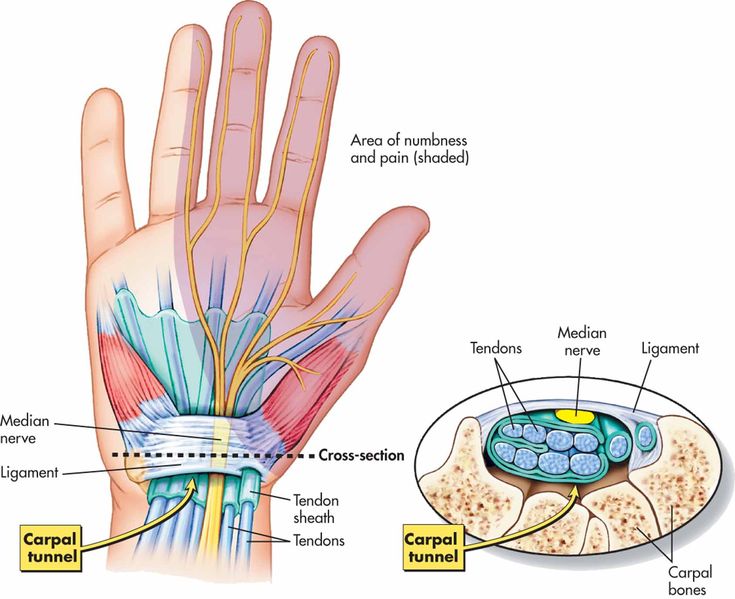 These measures, along with occasional periods of rest and wrist stretching, can actually prevent the symptoms of carpal tunnel syndrome, which are caused by repetitive excessive motion of the wrist, from developing. If there are systemic diseases or injuries, then individual treatment of these diseases is carried out. In case of fractures, orthopedic correction (gypsum, orthosis) may be required. Overweight patients should be advised to reduce weight. In rheumatoid arthritis, specific treatment of the inflammatory autoimmune process is carried out. Swelling of the wrist, which may be associated with pregnancy, disappears after the birth of the child.
These measures, along with occasional periods of rest and wrist stretching, can actually prevent the symptoms of carpal tunnel syndrome, which are caused by repetitive excessive motion of the wrist, from developing. If there are systemic diseases or injuries, then individual treatment of these diseases is carried out. In case of fractures, orthopedic correction (gypsum, orthosis) may be required. Overweight patients should be advised to reduce weight. In rheumatoid arthritis, specific treatment of the inflammatory autoimmune process is carried out. Swelling of the wrist, which may be associated with pregnancy, disappears after the birth of the child.
Medications
Several types of medications can be used to treat carpal tunnel syndrome. Vitamin B6 (pyridoxine) is often prescribed in the treatment of carpal tunnel syndrome, and although the mechanism of therapeutic action is not entirely clear, nevertheless, many doctors note a certain effect of using this drug. Non-steroidal anti-inflammatory drugs may also be helpful in reducing inflammation and reducing pain. But these drugs have side effects and therefore it is necessary to take this into account when prescribing them. Corticosteroids may also be used. They can be given orally or by injection into the affected wrist joint. Corticosteroids can lead to a rapid improvement in symptoms, but the side effects of these drugs prevent their use for a long time and in the presence of certain conditions (for example, in diabetes mellitus, their use may lead to a worsening of the condition). They should also not be used in the presence of infections. In addition to drug treatment, physiotherapy and acupuncture also provide a certain therapeutic effect. Most patients with carpal tunnel syndrome can be treated with conservative therapy. But sometimes chronic pressure on the median nerve can lead to permanent numbness and weakness. In order to avoid serious and permanent nerve and muscle damage, surgical treatment may be recommended in such cases. Surgical intervention consists in excising the tissue that puts pressure on the median nerve.
But these drugs have side effects and therefore it is necessary to take this into account when prescribing them. Corticosteroids may also be used. They can be given orally or by injection into the affected wrist joint. Corticosteroids can lead to a rapid improvement in symptoms, but the side effects of these drugs prevent their use for a long time and in the presence of certain conditions (for example, in diabetes mellitus, their use may lead to a worsening of the condition). They should also not be used in the presence of infections. In addition to drug treatment, physiotherapy and acupuncture also provide a certain therapeutic effect. Most patients with carpal tunnel syndrome can be treated with conservative therapy. But sometimes chronic pressure on the median nerve can lead to permanent numbness and weakness. In order to avoid serious and permanent nerve and muscle damage, surgical treatment may be recommended in such cases. Surgical intervention consists in excising the tissue that puts pressure on the median nerve.

